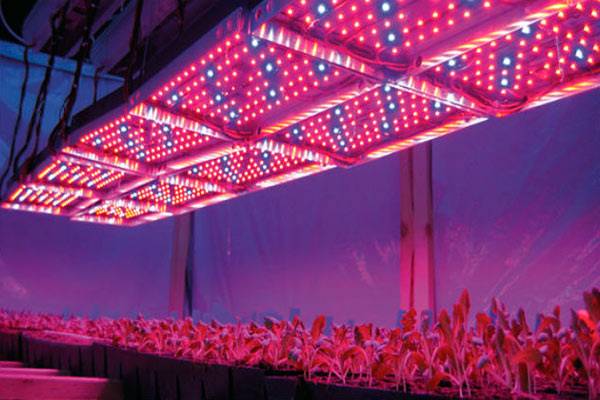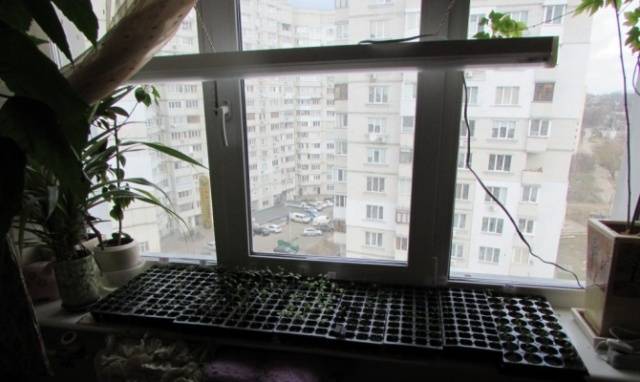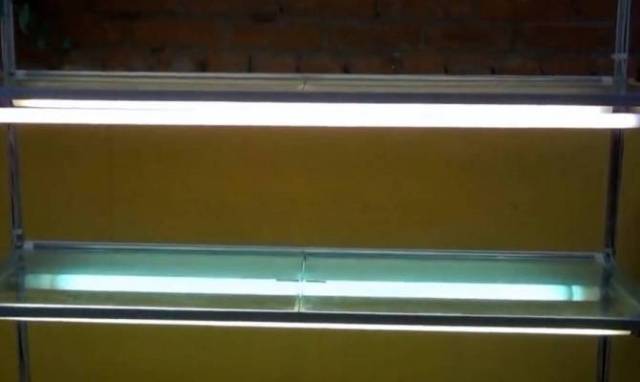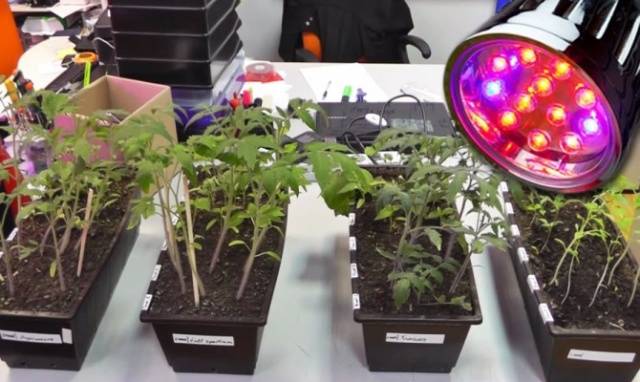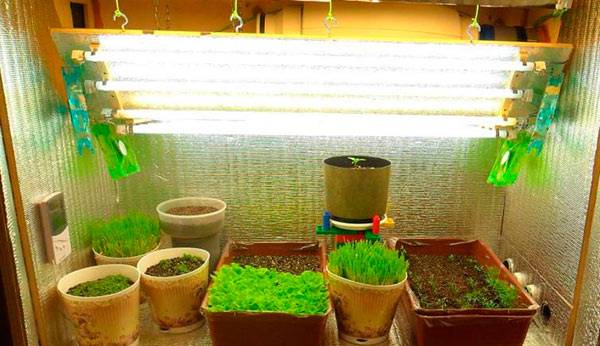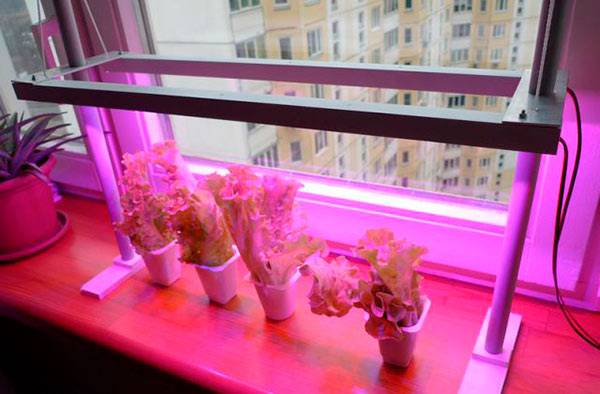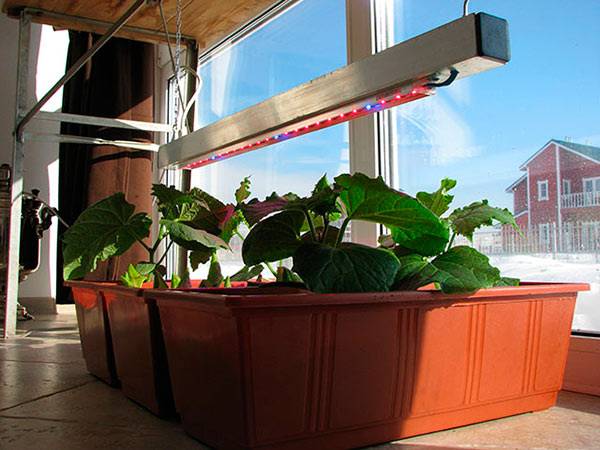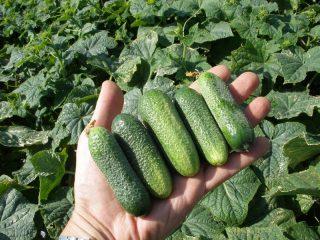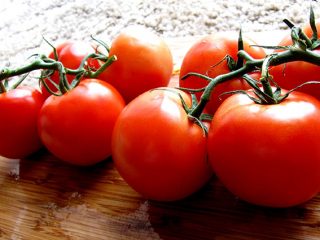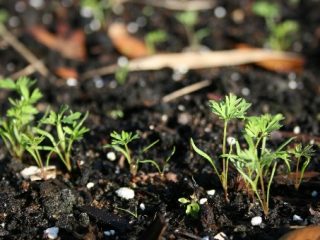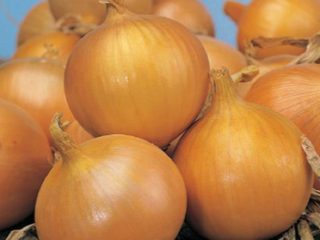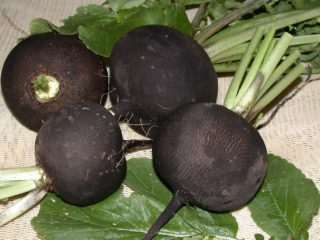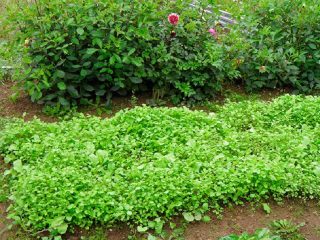Content
During the day, the seedlings on the windowsill have enough natural light, but at dusk they have to turn on the lamp. For artificial lighting, many owners adapt any suitable device. Usually a table lamp comes to hand or they simply hang a socket with a paw. In fact, lighting for seedlings on the windowsill should not be primitive, otherwise it will do more harm than good.
Spectrum favorable for plant development
Seedlings require 12 hours of lighting per day. From February to March the daylight hours are short. In the early morning and at dusk, artificial lighting is turned on. At night the lamps are turned off. Plants will not benefit from 24-hour lighting. Another important issue is the correct choice of lighting fixture. Seedlings develop optimally in natural light with sunlight, as they receive the entire necessary spectrum. When choosing a lamp for illumination, this nuance is taken into account first.
The light spectrum consists of twelve segments, each of which is divided into groups of colors. Vegetation responds differently to each spectrum. The most useful are:
- Red light increases chlorophyll synthesis, accelerates germination and sprout development. Deficiency causes deformed plants.
- Blue light weakens stem growth, but the plant benefits from this. The seedlings do not stretch, but become strong. The stem thickens due to accelerated cell division.
Yellow and orange light have no effect on plant development, which is why it is useless to use traditional incandescent lamps for illumination. Green light similarly does not provide much benefit, but hardly anyone uses devices with such a glow.
Is daylight enough?
Lack of daylight due to short day lengths is one part of the problem. The seedlings stand on the windowsill one after another. Plants located closer to the window shade distant plantings. And if it’s on the windowsill rackThe light falling from above from the window covers the shelves of the upper tier. A second problem arises - the lack of lighting during the day.
The seedlings begin to reach for the cocoon glass. The stems become thin. Leaves are limp, underdeveloped. They are trying to solve the problem by turning the boxes. Careless movements cause the sprouts to break or fall to the ground.
Features of high-quality lighting
Optimally install shelves for seedlings on a backlit windowsill so that the entire area with planting material evenly receives diffused light. The benefits of lighting can be obtained if three important conditions are met:
- intensity;
- optimal spectrum;
- duration.
Plants fully develop at a light intensity of 8 thousand lux. It is difficult to achieve such results with lamps. The standard intensity for artificial lighting is considered to be 6 thousand lux.
The spectrum influences plant development. Sunlight is taken as the standard. Such results cannot be achieved with artificial lighting. When to choose lamps for illuminating seedlings on the windowsill, take into account the possibility of its emission of red and blue colors. They are responsible for the rapid germination of seeds, the development of plant cells, as well as the process of photosynthesis.
The duration of lighting depends on the planting material being grown. Typically this period is 12–17 hours. At night the lamps are turned off. 24/7 seedling lighting on the windowsill is required during the initial stage of sprouting.
Selecting light sources
Owners often make lighting for seedlings on the windowsill with their own hands from what they have on the farm. First of all, household table lamps with a traditional incandescent lamp come to hand. The choice is very bad. The lamp emits a yellow color that is useless for plants and a lot of heat. If the device is positioned low, there is a risk of burning foliage.
The electrical goods store sells a huge variety of lamps, but LEDs, fluorescent tubes or phytolamps are best suited for illuminating planting material.
Fluorescent tubes
A fluorescent lamp for seedlings on a windowsill is a common daylight device. Lamps are often used in apartments to illuminate the room. Housekeeper lamps fall into this category, but they are inconvenient due to the small illumination area.Lamps in the shape of a tube are best suited for illuminating seedlings on a windowsill. The product can be selected according to the length of the window sill. So, for a standard window opening, lighting from fluorescent tubes 1 m long is suitable.
Lamps differ in color temperature: soft, cold and others. The indicator is measured in kelvins (K). If, for example, the product packaging contains a number up to 3000 K, then the glow will be yellowish. For fluorescent tubes are suitable for illuminating seedlings with a color temperature within 4.5 thousand K.
LEDs and phytolamps
Regular LED lamps for seedlings on the windowsill are suitable, since their spectrum contains blue and red colors. LEDs do not emit heat, consume little electricity, and are safe to use. LED chandelier lights produce warm and cool shades of daylight, but there is a better option for illuminating seedlings.
LED strips red and blue light make it possible to create a spectrum that is optimally favorable for plants. They are sold in rolls of 5 m. There is a sticky layer on the back side. When you set up illumination of seedlings on the windowsill with your own hands, the tape is glued to the back side of the shelf of the upper tier of the rack or inserted into the profile.
The quality of the backlight depends on the characteristics of the LEDs. Expensive lamps or strips can emit light up to 6 thousand lux.
The most effective is considered to be a bicolor lamp for seedlings for a window sill, equipped with a standard E 27 base. Inside the housing there are 12 LEDs: 9 red and 3 blue.
There are phytolamps from other companies, but you need to choose them correctly.A high-quality model has a body made of a heat-conducting metal alloy. The element serves as a radiator. Cheap phytolamps are made with a plastic body, the walls of which have small slots for ventilation. During prolonged operation, the plastic does not have time to remove heat and melt quickly.
The video shows a backlit rack:
Rules for the location of lighting fixtures
The lamps for illuminating seedlings on the windowsill must be installed correctly, otherwise they will be of little use:
- The minimum height of the lamp for seedlings is 10 cm. It is better to make lighting from height-adjustable lamps. Different groups of plants prefer certain light levels. By adjusting the height, optimal brightness is achieved.
- Reflectors made of foil or mirrors will help distribute the light evenly and direct it into dark areas.
- It is better to cover lamps on homemade lamps with frosted caps for better light dispersion.
A dimmer will help you create modern lighting. The control device is installed in the electrical circuit. The dimmer controls the brightness of the lamps, bringing artificial lighting closer to natural daylight.
Backlight manufacturing options
To illuminate seedlings, it is optimal to buy ready-made lamps 1 m long from the store. If the window opening is wider, you can place two short lighting fixtures side by side.
If a rack is installed on the windowsill, the lamps are suspended from the lintels of the shelves. Ropes or chains are made adjustable so that you can change the height of the device above the seedlings.
If there is no rack, and the seedlings are simply standing on the windowsill, a stand is made for the lamp. The simplest option is to make two racks from the bars, and fasten a rectangular frame on top.
A good lamp for seedlings on the windowsill with your own hands can be made from blue and red LED strips. A wooden strip 5 cm long less than the width of the window opening is suitable as the base of the lamp. Two aluminum profiles are screwed parallel to each other to the bar with self-tapping screws. A blue and red LED strip is glued inside. The excess is cut off with scissors according to the markings. The ends of the LED strip are connected with connectors to wires and connected to the power supply. The finished lamp is hung on a rope or chain.
Regardless of which side of the building the window is located, lighting is needed when growing planting material on the windowsill. The lack of artificial lighting will affect the poor harvest in the fall.
